UP TO THE MINUTE
A guide to using a wet mil gauge
February 5, 2025 at 6:00 a.m.By Jesse Sanchez.
A practical tool for accurate coating measurements.
In the coatings industry, precision is key, and a wet mil gauge is an essential tool for ensuring coatings are applied at the correct thickness — crucial for both durability and warranty compliance. According to Progressive Materials, accurately gauging the thickness of a wet coating layer helps prevent common application issues, such as under- or over-coating, which can compromise the longevity of the finished product. With the right tools and technique, professionals can maintain quality standards and maximize the performance of each coating.
What is a “mil”?
A “mil” is a standard unit of measurement for thickness, representing one-thousandth of an inch. Though it may seem small, understanding mils is critical in industries like roofing and protective coatings. To put it in perspective, a typical credit card is about 30 mils thick. This precise measurement affects coating applications, where specific thicknesses can impact the durability and warranty of the product. For example, achieving between 15 to 30 dry mils is often necessary for a 5-year warranty, while a 20-year warranty may require 30 to 45 dry mils.
How to use a wet mil gauge
To accurately measure coating thickness, professionals rely on a wet mil gauge comb. Here’s a step-by-step guide on its use:
- Positioning the gauge: Hold the gauge perpendicular to the freshly applied coating, being careful not to apply too much pressure.
- Reading the measurement: Place the gauge into the wet coating. The last tooth that touches the coating shows the wet film thickness.
- Converting wet to dry mils: To calculate dry thickness, multiply the wet film thickness by the percentage of volume solids in the coating material. For example, a 30-mil wet coat with 92% volume solids will dry to approximately 27.6 mils.
A hands-on demonstration can help clarify this process and watching a trained professional can reveal tips on proper technique and avoiding common errors.
Why mil gauges matter
Using a mil gauge early and consistently throughout an application ensures uniformity, prevents material waste and helps meet warranty requirements. With regular checks, applicators can avoid errors, such as applying too much or too little material, both of which could lead to costly mistakes.
Learn more about Progressive Materials in their Coffee Shop Directory or visit www.ProgressiveMaterials.com.
About Jesse
Jesse is a writer for The Coffee Shops. When he is not writing and learning about the roofing industry, he can be found powerlifting, playing saxophone or reading a good book.



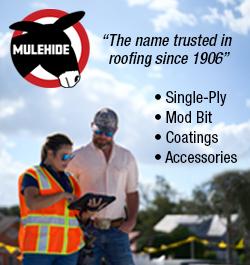







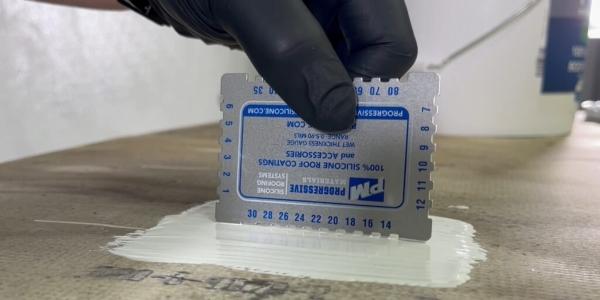
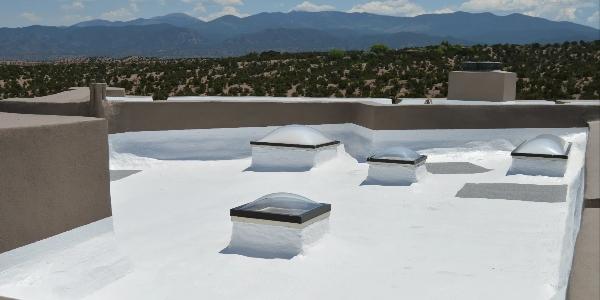
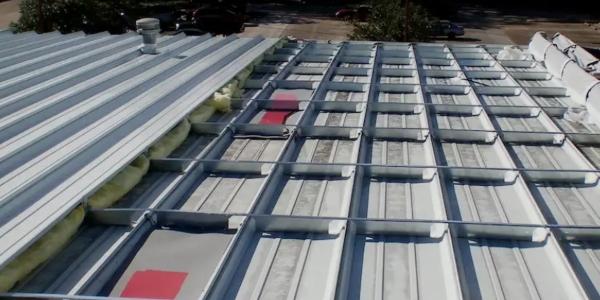

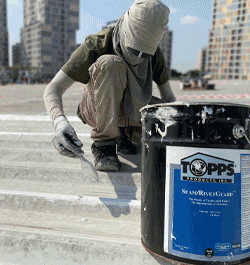



Comments
Leave a Reply
Have an account? Login to leave a comment!
Sign In